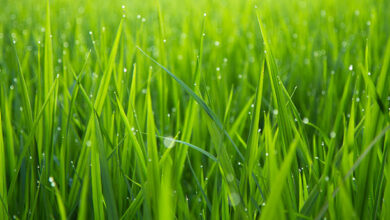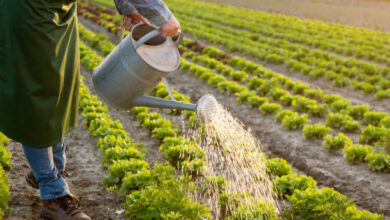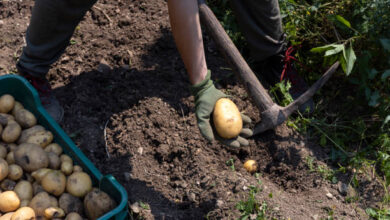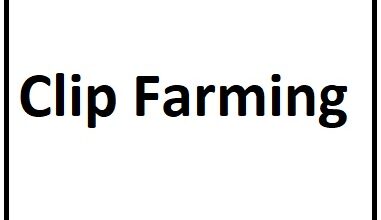What to plant in July in California: Your California Garden Guide
What to plant in July in California
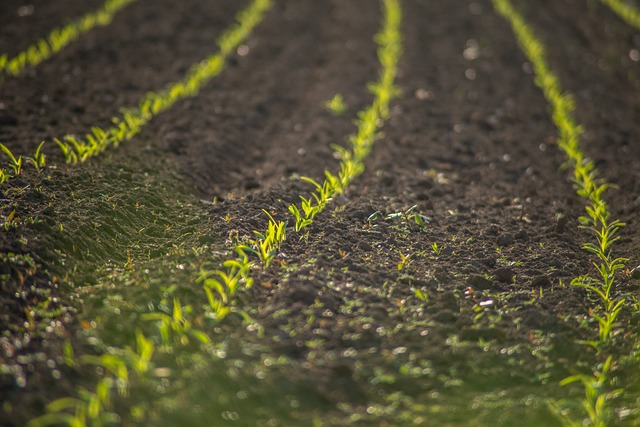
What to plant in July in California: Your California Garden Guide
California’s summer sun is out, and it’s the perfect time to get your garden growing! But with diverse climates across the state, what exactly should you be planting in July? Navigating the unique challenges and opportunities of planting in California during July can be a rewarding experience, as long as you tailor your gardening efforts to the specific conditions of your region. Let’s delve into the best vegetables, herbs, and flowers to plant this month, whether you’re in the cooler climates of Northern California or the hot, dry regions of the south.
Northern California Gems
In Northern California, the cooler summer climate creates an ideal environment for certain vegetables and herbs. Here’s what you should consider planting:
- Beets
Beets thrive in cooler temperatures and can be sown directly into the garden. Opt for varieties like ‘Detroit Dark Red‘ or ‘Golden Beet.’ Sow seeds about 1 inch deep and 3-4 inches apart. Beets prefer well-drained soil and consistent moisture. Harvest when roots are 1-2 inches in diameter for the best flavor.
- Carrots
Carrots are another cool-season favorite. Varieties such as ‘Nantes’ and ‘Danvers’ do well in Northern California. Plant seeds 1/4 inch deep and 2 inches apart. Carrots require loose, sandy soil for proper root development. Thin seedlings to 3-4 inches apart to avoid overcrowding.
- Leafy Greens (Spinach, Kale)
Leafy greens like spinach and kale flourish in cooler climates. ‘Bloomsdale’ spinach and ‘Lacinato’ kale are excellent choices. Sow seeds directly in the garden, 1/2 inch deep and 2 inches apart. These greens prefer partial shade and consistent watering to prevent bolting.
- Broccoli
Broccoli is a great addition to your Northern California garden. Varieties like ‘Calabrese’ and ‘Green Goliath’ perform well. Start seeds indoors and transplant seedlings when they are 4-6 weeks old. Space plants 18-24 inches apart in rows 24-36 inches apart. Broccoli thrives in full sun and well-drained soil.
- Fall Peas
Fall peas, such as ‘Sugar Snap’ and ‘Snow Pea,’ are ideal for Northern California summers. Sow seeds directly in the garden 1 inch deep and 2 inches apart. Provide a trellis for support as peas are climbing plants. Peas prefer cooler temperatures and need regular watering to produce a bountiful harvest.
- Unique Option: Mizuna Mustard Greens
Mizuna mustard greens are fast-growing and offer a spicy flavor. They can be sown directly into the garden or started indoors and transplanted. Plant seeds 1/4 inch deep and 6 inches apart. Mizuna prefers partial shade and regular watering, making it perfect for Northern California’s summer climate.
- Heat-Tolerant Varieties for Northern Microclimates
Even within Northern California, some areas experience warmer microclimates. Opt for heat-tolerant varieties of the above plants or consider additional options like Swiss chard and New Zealand spinach, which can withstand higher temperatures.
YOU MAY LOVE TO READ
What to Plant in July UK: A Complete Guide
When to Plant Corn: A Guide to Timing Your Crop for Success
Southern California Sizzlers
Southern California’s hot, dry summers require selecting plants that can withstand the heat and require minimal water. Here are some top choices:
- Okra
Okra is a heat-loving vegetable that thrives in Southern California. Varieties like ‘Clemson Spineless’ and ‘Red Burgundy’ are excellent choices. Sow seeds directly in the garden 1 inch deep and 12 inches apart. Okra prefers full sun and well-drained soil. Regular harvesting encourages continuous production.
- Eggplant
Eggplants, such as ‘Black Beauty’ and ‘Ichiban,’ flourish in hot climates. Start seeds indoors and transplant seedlings when they are 6-8 weeks old. Space plants 24-36 inches apart. Eggplants require full sun and consistent watering. Mulch around plants to retain moisture and keep the soil cool.
- Peppers
Peppers, including bell peppers and hot peppers, thrive in Southern California. Varieties like ‘California Wonder’ and ‘Jalapeño’ are popular. Start seeds indoors and transplant seedlings when they are 6-8 weeks old. Space plants 18-24 inches apart. Peppers prefer full sun and well-drained soil. Regular watering is essential, but avoid overhead watering to prevent disease.
- Summer Squash
Summer squash, such as zucchini and yellow squash, are perfect for Southern California gardens. Sow seeds directly in the garden 1 inch deep and 24-36 inches apart. Summer squash requires full sun and consistent watering. Harvest regularly to encourage continued production.
- Basil
Basil is a drought-tolerant herb that loves the heat. Varieties like ‘Genovese’ and ‘Thai Basil’ are excellent choices. Sow seeds directly in the garden or start indoors and transplant seedlings. Space plants 12-18 inches apart. Basil prefers full sun and well-drained soil. Regular harvesting encourages bushier growth.
- Unique Option: Epazote
Epazote is a Mexican herb with a strong flavor that thrives in heat. Sow seeds directly in the garden or start indoors and transplant seedlings. Plant seeds 1/4 inch deep and 12 inches apart. Epazote prefers full sun and well-drained soil. It’s drought-tolerant and requires minimal watering.
- Watering Practices for Southern California
Southern California’s dry climate necessitates efficient watering practices. Use drip irrigation to deliver water directly to the roots, reducing evaporation. Water early in the morning or late in the evening to minimize water loss. Group plants with similar water needs together to optimize watering efficiency.
Don’t Forget the Flowers!
Adding flowers to your garden not only enhances its beauty but also attracts beneficial pollinators. Here are some heat-loving flowers to consider:
- Zinnias
Zinnias are vibrant annuals that thrive in heat. Sow seeds directly in the garden 1/4 inch deep and 12 inches apart. Zinnias prefer full sun and well-drained soil. Deadhead regularly to encourage continuous blooming.
- Marigolds
Marigolds are hardy annuals that tolerate heat well. Varieties like ‘French Marigold’ and ‘African Marigold’ are popular. Sow seeds directly in the garden or start indoors and transplant seedlings. Plant seeds 1/4 inch deep and 8-12 inches apart. Marigolds prefer full sun and well-drained soil.
- Cosmos
Cosmos are easy-to-grow annuals that love the sun. Sow seeds directly in the garden 1/4 inch deep and 12-18 inches apart. Cosmos prefer full sun and well-drained soil. Deadhead regularly to prolong blooming.
- Lavender
Lavender is a fragrant perennial that thrives in hot, dry climates. Varieties like ‘English Lavender’ and ‘French Lavender’ are popular. Plant seedlings 12-18 inches apart in well-drained soil. Lavender prefers full sun and minimal watering once established.
- Salvia
Salvia is a heat-tolerant perennial that attracts pollinators. Varieties like ‘Blue Salvia’ and ‘Pineapple Sage’ are excellent choices. Plant seedlings 12-18 inches apart in well-drained soil. Salvia prefers full sun and regular watering.
- Unique Option: Firecracker Celosia
Firecracker celosia has vibrant red plumes that tolerate heat well. Sow seeds directly in the garden or start indoors and transplant seedlings. Plant seeds 1/4 inch deep and 12-18 inches apart. Celosia prefers full sun and well-drained soil.
- Deadheading Techniques
Deadheading, or removing spent flowers, encourages plants to produce more blooms. Use sharp scissors or pruners to cut off faded flowers just above the first set of healthy leaves. Regular deadheading keeps your garden looking fresh and vibrant.
California-Specific Success Tips
Gardening in California’s diverse climate requires specific strategies to overcome challenges like heat stress and water management.
- Addressing Heat Stress
Plant in Afternoon Shade: Plant heat-sensitive varieties where they receive afternoon shade to reduce heat stress.
Use Row Covers: Use lightweight row covers to protect young plants from intense sun and heat.
Mulch to Retain Moisture: Apply a layer of mulch around plants to retain soil moisture and regulate soil temperature.
- Water Management
Deep Watering Techniques: Water deeply and infrequently to encourage deep root growth. This helps plants become more drought-resistant.
Drought-Resistant Practices: Utilize drip irrigation systems to deliver water directly to the roots and reduce evaporation.
Group Plants with Similar Water Needs: Plant species with similar water requirements together to optimize irrigation.
Beyond the Basics: Embracing California’s Diversity
California’s diverse microclimates provide unique gardening opportunities. Here’s how to make the most of your specific conditions:
- Understanding Microclimates
Microclimates are small areas within a larger region that have different environmental conditions. Factors like elevation, proximity to water bodies, and urbanization can create microclimates.
- Researching Your Planting Zone
Determine your specific planting zone using resources like the USDA Plant Hardiness Zone Map. This helps you choose the best plants for your region.
- Local Resources
Find local planting calendars and microclimate information through gardening clubs, local extension services, and online resources. These can provide tailored advice for your area.
- Container Gardening
Container gardening is an excellent option for those with limited space or challenging conditions. Use containers to control soil quality, moisture, and sunlight exposure.
Conclusion
Planting a garden in California during July offers unique challenges and opportunities. By tailoring your plant choices to your specific region and microclimate, you can create a thriving garden. Remember to focus on heat-tolerant and drought-resistant varieties, employ efficient watering practices, and embrace the diversity of California’s climate. Get creative, experiment with unique plants, and enjoy the process of
Share your California garden photos and experiences in the comments below. Have questions? Ask away and let’s grow together!

